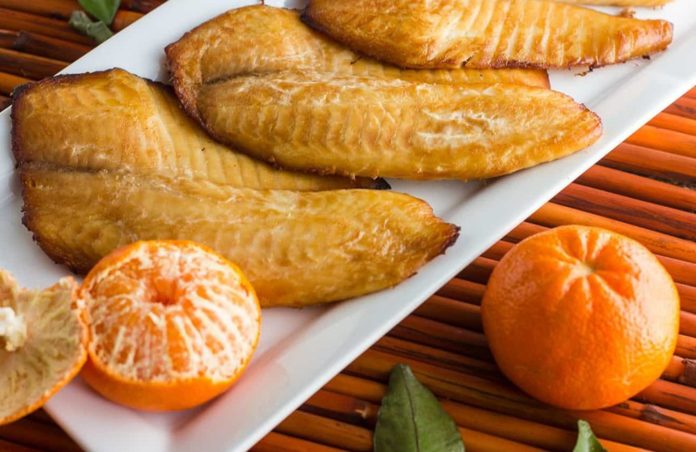You’ve tried fried fish, grilled fish and breaded and baked fish, and now you’re ready for something new. Smoking fish is a tasty alternative to more traditional cooking methods, yet many people shy away from trying it at home. However, the process is actually fairly straightforward once you have the right tools and know-how at your disposal. Plus, smoked fish offers a completely different flavor and texture than other cooking methods, so now’s the time to step out of your comfort zone and try something new and wholly delicious.
The Benefits of Smoking Fish
1. It’s Easy to Do
Many people balk at the idea of smoking fish at home, but it’s actually not that hard to do. You will need a smoker or barbecue, but once you set it up, the process pretty much takes care of itself.
2. It’s a Natural Preservative
There’s a reason seafaring folk have smoked fish for thousands of years, and it’s not just because they loved the taste. Salting, drying, heating and smoking fish was the go-to method for preserving fish before the days of refrigerators, and it helped ensure that fish didn’t spoil at sea. These days, smoked fish can be left in the fridge for up to two weeks, depending on the species and the smoking technique used.
3. It’s Delicious
Smoked fish has a delightful and unique flavor that you can modify according to your tastes depending on the kind of wood chips you use. While fattier fish like salmon are the typical choice for smoking, leaner fish like Tilapia also make for an excellent option, with Tilapia’s mild flesh making it ideal for absorbing the woody, smoky flavors this technique imparts.
How to Smoke Tilapia at Home

There are two basic methods for smoking fish: hot smoking and cold smoking. Since cold smoking requires fish to be kept at temperatures of 80° for several days, hot smoking is a much easier option for home smoking. This method can only take a few hours, with fish typically smoked at temperatures between 126° and 176°.
What You’ll Need
To hot smoke Tilapia at home, you’ll need:
- A grill or smoker
- Wood chips (applewood or cherrywood chips are both great options, as they will offer the right balance of smoky flavor without overpowering the fish)
What to Do
The first step to perfectly smoked Tilapia is to brine your fish. This process will extract any excess water from the fish, allowing it to absorb all of the flavors of the smoke. Best of all, it only takes about 15 minutes per half inch of thickness, with about one quart of brine required per pound of fish. Next, you can choose to season your fish. A simple mixture made of lemon juice, oil, garlic powder and salt will work wonders, but any concoction will do the trick.
Once the fish has been brined and seasoned, place it on the prepped smoker or grill. You can either plank the fish or smoke it in a basket; either technique will ensure that the delicate fish doesn’t fall apart once cooked through.
Smoking time will vary depending on the thickness of the fish and the temperature of your smoker: anywhere from 15 minutes to an hour or even more, if you’re smoking at a lower temperature. The longer you smoke the fish, the more smoke flavor it will take on, but if you over-smoke fish at too high a temperature, you risk drying it out. The best course of action while still perfecting the technique is to choose a recipe and follow the specified temperatures and timings.
Try It at Home

There are a number of ways you can use this technique to give your Tilapia some unique, new flavors. Here are just a few of our favorites.
- Easy and Flavorful Smoked Tilapia from The Spruce Eats
- Cajun Smoked Tilapia from Smoke Grille BBQ
- Tangerine Hoisin Smoked Tilapia from The Black Peppercorn
Once you’ve mastered the basics, smoked fish is a wonderful addition to your culinary repertoire. There are so many flavor combinations to enjoy, and with a little practice, it’s only too easy to start experimenting and developing your very own signature smoky taste.
For more tips on how to cook the perfect fish, check out our handy guide for making the most of your fish fillet.
Photo Credits: The Black Peppercorn, Shutterstock / Creaturart Images, The Spruce Eats






